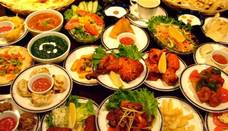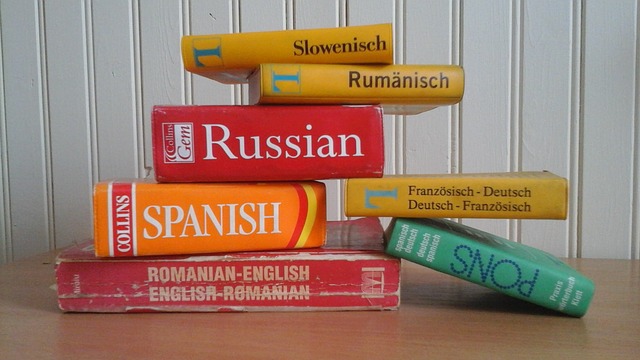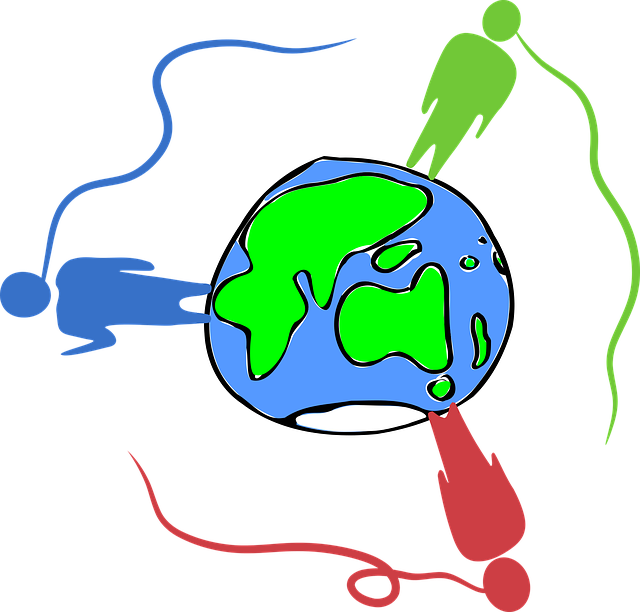|
 |
Еда — это не только древние традиции, но и один из способов знакомства с новой культурой.
Говорить о еде, однако, не всегда так уж легко. В английском языке существует множество специальных слов, обозначающих различные ощущения и оттенки эмоций, связанных с едой.
|
Flavors (вкусы)
Flavors (flavours, UK) are the particular tastes of a food.
sweet/savory (savoury, UK) (сладкий/пряный):
Sweet foods have a sugary flavor, such as cake, ice cream, chocolate, lollipops and mangoes.
Savory foods have a a spicy or salty flavor, without being sweet.
Many people say "salty food” when they mean savory food. Savory is used for food like lasagne, stew, salmon, hamburgers and French fries.
A good question to ask at the dinner table would be: Do you prefer sweet or savory foods?
salty (соленый)
Salty is used to describe food that tastes too much of salt. It is usually used as a negative description.
This popcorn is very salty; it makes my lips burn.
bitter (горький)
Bitter describes a strong and sometimes unpleasant flavor that is the opposite of sweet.
Coffee, very dark chocolate, beer and citrus peel are all bitter.
tart (кислый, терпкий)
Tart describes a sharp and acidic taste. Sour can also be used, but it often has a negative meaning.
Lemon, white wine, Greek yogurt, pickles and some raspberries are all tart foods.
smoky (с привкусом дыма, "с дымком")
Smoky describes foods that taste of smoked wood.
Bacon, whisky, and lox/smoked salmon are all smoky foods.
rancid (протухший, прогорклый)
Rancid describes the taste of food that has a strong or unpleasant smell or taste because it is no longer fresh.
How old is this milk? It smells rancid.
spicy/hot (острый/пикантный)
Spicy is the taste that makes one’s mouth burn from strong chilies.
Hot can be used to describe spicy food or food that has a very high temperature.
"This curry is HOT!”
"Do you mean spicy-hot or temperature-hot?”
Textures (фактуры, поверхности)
Texture is the way a food feels when you touch it or eat it.
creamy (сливочный, жирный)
Creamy foods are smooth, soft and thick. While they are often made with milk or cream, they don’t need to be.
Avocados, ice cream, macaroni and cheese, yogurt and melted chocolate are all creamy foods.
crumbly (рассыпчатый, крошащийся)
Crumbly describes food that falls apart into small pieces when you eat or break it.
I like to put crumbly cheese like gorgonzola and feta into a salad.
crunchy (хрустящий, хрусткий)
Crunchy foods have a hard texture and make a loud sound when chewed.
Potato chips, nuts, biscotti, raw carrots, and the skin of fried chicken are all crunchy foods.
greasy (сальный, скользкий)
Greasy foods taste very much of oil, and usually leave oil behind.
This pizza is so greasy that my entire plate is covered in oil.
gooey (клейкий, липкий)
Gooey describes foods that are wet and sticky, often in a positive way.
Benny loves gooey fudge sauce on top of her ice cream.
moist (сырой, влажный)
Moist describes foods that are slightly wet and soft.
Mimouna makes a delicious and moist chocolate cake.
mushy (мягкий, кашеобразный)
Mushy also describes foods that are soft and wet, but usually it is used for food that is not meant to be soft.
All the apples have gone mushy, they must be old.
Источник: http://kaplaninternational.com/blog/english-lesson-food-vocabulary/ |




















